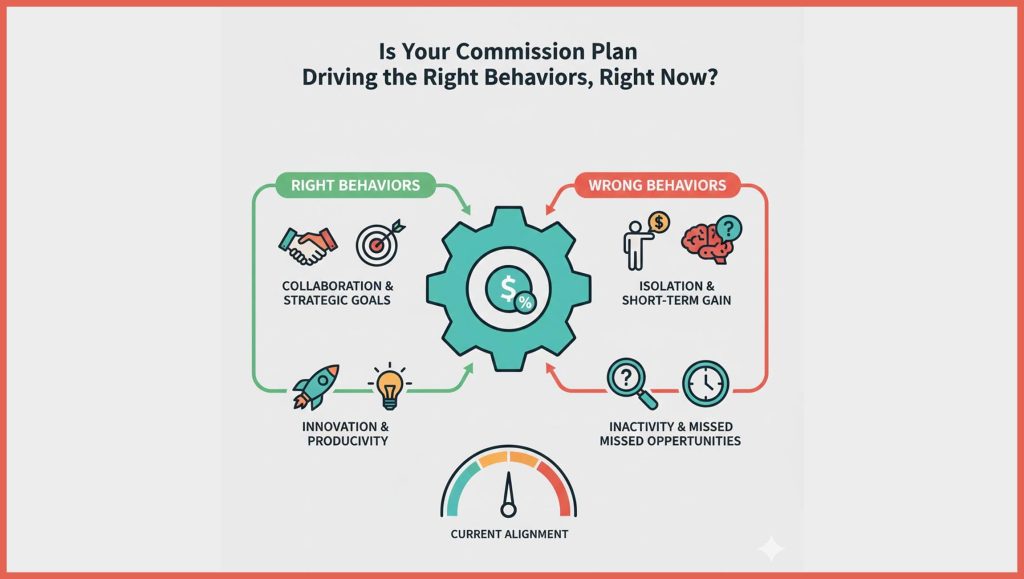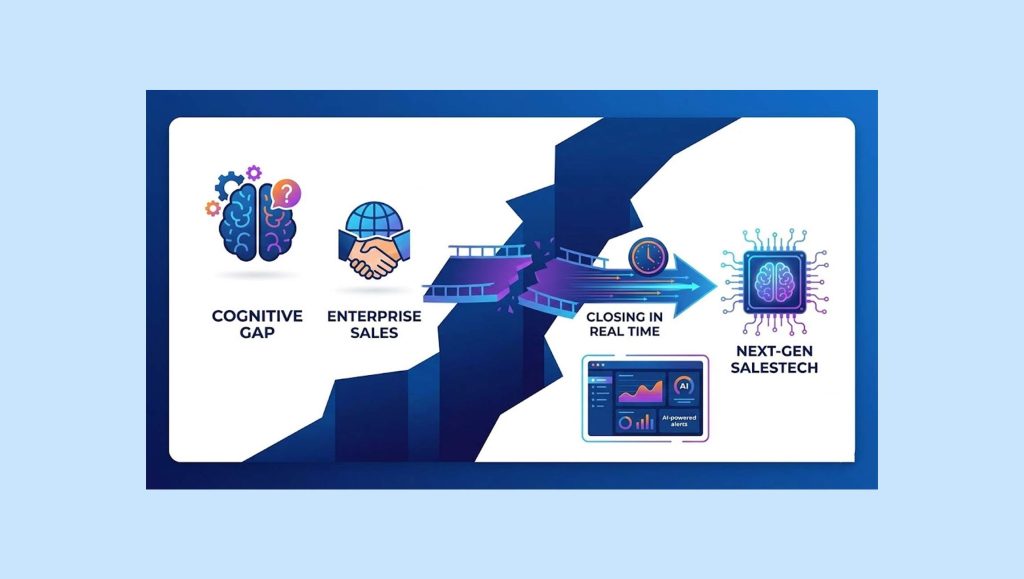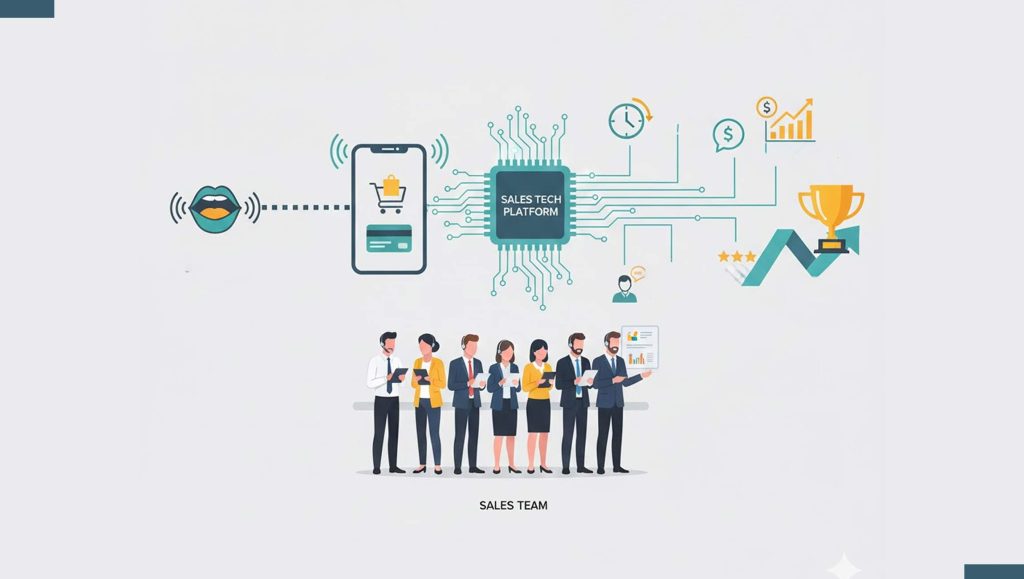Is it time for B2B marketing and sales teams to shy away from gated content? Kerry Cunningham, Research and Thought Leadership at 6sense has some thoughts to share based on one of 6sense’s latest research:
__________
Welcome to this SalesTechStar chat Kerry, tell us about your B2B journey so far and more about your time at 6sense…
I’ve been in B2B nearly my entire business career with more than 25 years of experience in B2B demand generation and management, spanning a broad array of industries and markets. I started out working for a B2B teleservices company collaborating with hundreds of IT businesses on developing messaging and prospecting strategies for them. In addition, I assisted in growing the business from a dozen or so employees at the beginning to more than 500 by the end.
Prior to 6sense, I worked as an analyst with SiriusDecisions and Forrester, where I co-authored the Demand Unit Waterfall, B2B Revenue Waterfall, the Buyer Signals Framework, and Intent Data Framework, plus a number of other research articles. Most of those research articles revolved around the simple but largely unrealized idea that the buyer in B2B is not a person but a buying group, and that this simple fact changes virtually everything about how B2B revenue generations teams ought to operate.
About a year ago, I joined 6sense to continue to evangelize that buying group message while persuading customers, prospects, and anyone else who will listen to leave the MQL train and focus on buying groups, buying signals, and opportunities.
Read More: SalesTechStar Interview with Fran Wilson, CMO at Boomi
We’d love to hear more about one of 6sense’s recent study on the behavior of B2B buyers surrounding online forms and what takeaways B2B marketers should keep in mind based on these findings
There are a few key takeaways that B2B marketing should be mindful of based on the survey research that looks at buying signals. First is the fact that only 3% of B2B website visitors filled out forms. That number is consistent with findings from other industry research which we detailed in our research. With this in mind, B2B marketers should develop compelling content that is tailored to the appropriate personas, then use all available buying signals, both known and anonymous, to prioritize opportunities for their teams and take a more cutting-edge approach to B2B revenue generation.
The next takeaway that should stand out to everyone is that almost all B2B purchases are affected by a group of people working together as a buying team. On average these teams are made up of approximately nine individuals, according to our research. You may have multiple members of the buying team visiting your website, but you don’t know because they’re not filling out a form. It’s critical to capture these signals to know whether you only have interest from one member, or nine members, of the buying team. The size of the teams can change as well based on the size of the deal – small deals involved an average of seven buying team members, medium deals included about 10 members, and larger deals saw up to 19 members involved.
B2B marketers should also stop trying to get more people to fill out forms and instead focus on the 97% of people who don’t fill out a form to find their next deal. Leading organizations should do away with gated content and instead rely on de-anonymization and third-party intent signals to reduce buyers’ irritation with filling out forms and, consequently, increase vendors’ effect on visitors. Using de-anonymized web traffic together with leads creates the most robust picture of which accounts are in-market. In this survey, we asked how many organizations are de-anonymizing their web traffic and only 26% of organizations were doing this.
Getting anonymous visitors to fill out forms is a long-standing problem. A modern approach to this problem utilizes all available intent signals across the entire buying and selling process. Acquire and combine third-party intent signals with de-anonymized web traffic, pre-MQLs, and MQLs to create one powerful, coherent signal of which accounts are really in-market.
Taking that approach to these sales opportunities can lead to converting customers at a rate that is significantly greater than average—often more than twice the average rate. My motivation for joining 6sense was to assist B2B businesses in solving this “97 percent challenge.” Our customers harness the power of the other 97% of website visitors to prioritize selling opportunities for their teams.
Given today’s market changes/evolution surrounding online buying behaviors, how can sales and marketing teams look at other mediums besides landing pages/forms to generate data?
In this survey, we asked how many organizations are de-anonymizing their web traffic. The answer was a depressing 26%. The first and most important thing that teams should do is to harvest every available signal they’ve already paid for, namely, anonymous traffic. If you’re not doing that, you’re wasting most of what you’ve invested to get people to your website. Then you want to combine those anonymous signals with form-fill data. Neither is great by itself, but the combination of the two is very powerful. Then add third-party signals, again, not as substitutes for first-party, but as additional layers of evidence about who’s really in the market to buy.
Overall, sales and marketing teams should start thinking in terms of signals, not leads or intent. Identify sources for relevant signals and think about how can you layer them on each other to form one coherent, reliable signal about how to spend marketing and sales resources.
How do you feel marketing and sales teams need to realign near-term processes to meet these changing market conditions? What kind of tools/data can help most?
I had the opportunity to speak with executives in both marketing and sales in recent weeks and I preach two things – capture all of the signals and utilize them to prioritize marketing and sales activities. When you do, you reduce both waste and a lot of the guesswork that goes into identifying buyers.
Both sales and marketing teams must adopt a signals-based attitude and recognize that we need several layers of evidence in order to maximize the time spent by sales. It’s largely marketing’s job to assemble the best set of signals – and to present it in a consumable way. But salespeople need to quit complaining because they can’t always get the appropriate name or title. If marketing presents you with an account and four different layers of behavioral evidence that this account is in the market and going to buy, you cannot complain that they aren’t handing you the perfect name to start with.
This account is going to buy from someone now, we know that now. We are not guessing anymore, so get in there. And at that point, we cannot be talking about who sourced what. Instead, marketing continually refines its capabilities around identifying and packaging signals. Sales continually refine its ability to engage and convert prospects.
Being able to decipher the signals is essential, but it takes tools like our Revenue AI™ platform to utilize all of the available signals and use them effectively. That means using all the available evidence, rather than your best guess, to prioritize prospects for sales. When you realize that you’re only using, at most three percent of the traffic that shows up on your website – that you’ve already paid for – you are wasting money you’ve already spent. You just have to do something about it. The signals that would allow you to provide sales with the right prospects at the right time are right there at your fingertips, but instead, we use hunches, guesses, and decades-only ideas about scoring. These wasted efforts contribute to rising costs and missed revenue targets, and they hold companies back from the growth trajectory that’s available to them.
When marketing and sales can align on these two things, then we’re talking about a revenue engine that is tuned to aggressively pursue every real selling opportunity.
Read More: Inflation and the Consumer Dilemma
A few thoughts on the future of salestech as a segment and how you feel this space will shape up?
The word we use now to capture the integration of the marketing and sales stacks is RevTech, because the future is not in separate tech stacks. I mentioned that we call our platform 6sense Revenue AI™ because that RevTech stack has to have advanced AI at its core to capture all those signals and make sense of them.
So the future we see is in tightly integrated capabilities for identifying, attracting, engaging, and converting buyers, and both functions are going to have roles across that entire process. They already do, of course, but they’re just not integrated as they need to be.
6sense reinvents the way organizations create, manage, and convert pipeline to revenue.
Kerry Cunningham is the Senior Principal of Product Marketing at 6sense. A thought leader in B2B marketing and former SiriusDecisions and Forrester analyst, Kerry’s an expert in the design and implementation of demand-marketing processes, technologies, and teams for a wide array of B2B products, solutions, and services. He’s also developed a wealth of expertise in the alignment of marketing and sales organizations.
Missed The Latest Episode of The SalesStar Podcast? Have a quick listen here!
Episode 131: Product Management Tips and Best Practices with Kimen Warner, VP of Product Management at Drift
Episode 130: Digital Marketing and Ad Best Practices with John Piccone, Regional President, U.S, Adform
Episode 129: Regional Sales Development Best Practices with Abdul Javed, VP of Sales for APAC at Clari






















